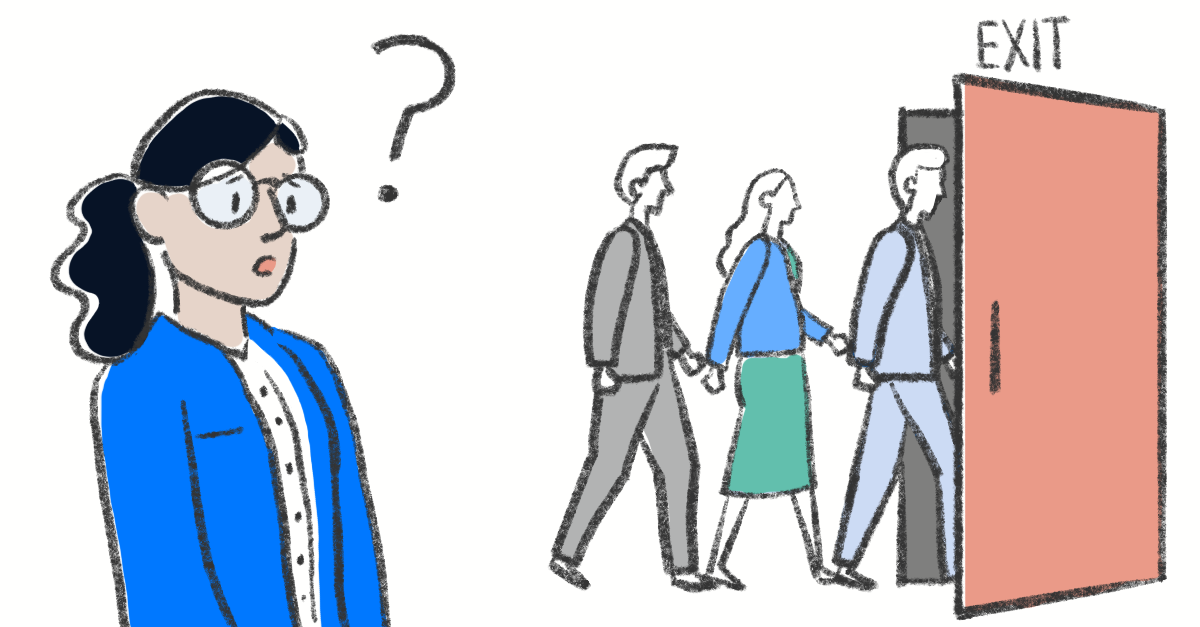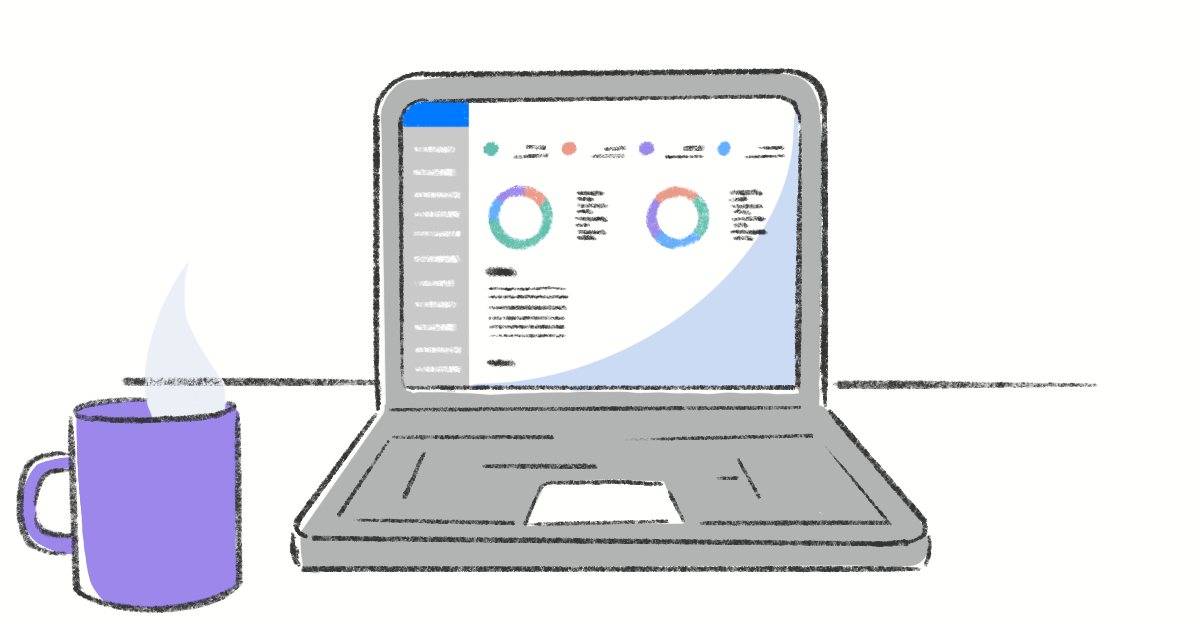As a business owner, you do everything to ensure that all the requirements of your customers are met. You go far beyond trying to please them and make sure they receive the best services. However, no matter how hard you work and how well you do your job, there will always be a few clients or customers who will fail to pay their invoices on time.
If a client does not make the payment on time, you may either think of ignoring the situation to avoid conflict or to the other extreme, you might feel like sending a harsh reminder email to receive the late payment.
So how do you strike that balance and get paid faster? It would be best if you considered sending a polite yet firm enough email reminder to the client to help you get the reward you deserve for your hard work.
In this post, we will discuss different scenarios that entail when and how you should ask for payments professionally through email from your clients.
Create Templates
To make the email-sending process more convenient, you should create payment reminder templates that you can use time and again to communicate with customers and ask for pending payments. You can also automate these emails with a Pay Now link, using accounting software that will help you reduce payment friction and make collections a breeze.
Now let’s take a look at when and how to create late payment email reminders for your clients.
Scenario 1: Sending the Payment Reminder Email Before Due Date
You do not have to wait for the invoice due date to send a payment request email to customers. This will only make you look unprofessional. Furthermore, waiting to send an email after the due date will also not help with on-time payments.
Therefore, you should send the first reminder email at least a week before the due date to immediately expect the payment. This will surely help you with clients who make late payments. For new clients or those who make regular and on-time payments, this step may not be required.
Here are a few things your first payment reminder email should include:
- A simple and clear subject that outlines the intent of the email.
- A warm opening line.
- Mention the purpose of the email without being stern or harsh. Here, you need to include the invoice number, the outstanding amount, and the due date.
- Inquire in a polite way regarding the progress of the invoice.
- Add a copy of the invoice through attachments or include the invoice with a payment link for prompt payment.
Remember, your first payment reminder should be friendly, short, and informative. It should not include too much information, and you do not have to ask for the payment right away as the invoice is not due yet. Through this email, your client will get to know that you check your invoices regularly, encouraging them to pay the invoice on time.
Scenario 2: Sending an Email When the Payment is a Few Days Late
If your client fails to pay even a couple of days after the due date, it is time for you to use a firm but professional tone in the email.
To create this email, you can take the idea from the letter that you receive from the cable provider when you fail to pay your bill on the due date. It politely mentions that you need to pay the bill in order to avoid future disruption in services.
If you read the letter carefully, it does not come across as disrespectful and prompts you to instantly take action before losing your cable TV or internet connection. It would help if you tried to create a similar email that sends a firm message to your client.
Let’s look at what your email reminder should include when the payment is a few days late.
- It should incorporate everything from the first email reminder.
- It must inquire about the Estimated Time of Arrival (ETA) for invoice payment.
- It should have an embedded payment link or attachment to your invoice.
- It must remind the client of late fees and other payment terms.
Remember, as this is the first email that reminds the customer of the outstanding payment, you need to make it a bit firm and professional.
Scenario 3: Sending Email When the Payment is Overdue
Usually, this email is sent as per the terms and conditions you have described to the client. For instance, when you’ve given the client anywhere between 60 to 90 days to make the payment, this is when you should send the email. This is the final follow-up email you send to the client before any legal proceedings take place or the matter is transferred to collections.
In this email, you will need to incorporate everything from the first and second email reminders, including the following:
- Notify your client how many days their payment is past due.
- Mention what will happen next (legal proceedings).
When sending this email, you are required to follow a harder approach to reclaim your payment. However, try not to make it personal as making accusations towards your client might sabotage your professionalism.
Closing Words
If you still do not get a response after trying to reach your client multiple times, give them a call. Always place confidence in your client and be as polite as you can. There is a slight possibility that your emails might have reached the spam folder or have been sent to the wrong email address. Hence, it is crucial to keep all communication channels open.










